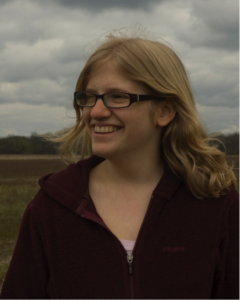 Communication and collective movement in meerkats
Communication and collective movement in meerkats
Max Planck Institute of Animal Behavior, Department for the Ecology of Animal Societies, Konstanz, Germany
Contact: arianasp@gmail.com
From fish schools to bird flocks, many animals move together in groups. Recent research has shown that complex and coordinated movement patterns can emerge if individuals follow surprisingly simple rules – for example being attracted to and aligning with nearby group members. However, for many animal species, particularly those that live in stable social groups, the decisions individuals make may also be shaped by the long-term social relationships between individuals, and by the communication strategies they employ. I am interested in how both acoustic communication and social relationships affect the movement decisions of individuals and the resulting movement dynamics of entire groups. I am using meerkats as a model system to explore this question.
Meerkat groups remain together as they forage over large distances, using vocalizations to help coordinate movement. Using small tags that combine GPS and audio, I plan to collect data on the fine-scale movements and vocalizations of all individuals within meerkat groups as they forage together. I am interested in determining what rules govern where individuals move, including how meerkats’ vocalizations allow them to coordinate movement, and whether certain individuals have disproportionate influence over where the group goes. At a larger scale, I am also interested in determining what factors drive the movement decisions of entire groups, including habitat features, food distribution, predators, inter-group interactions,and memory.

